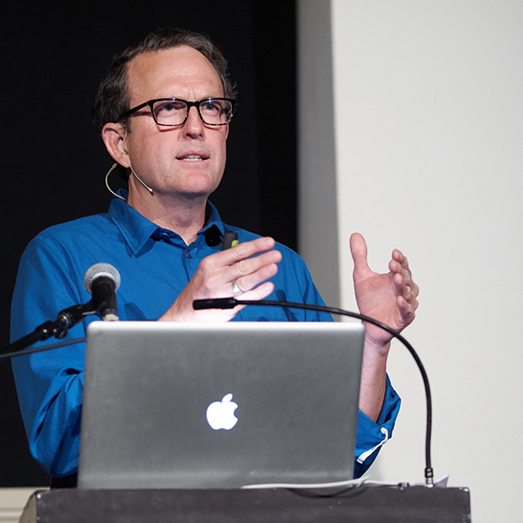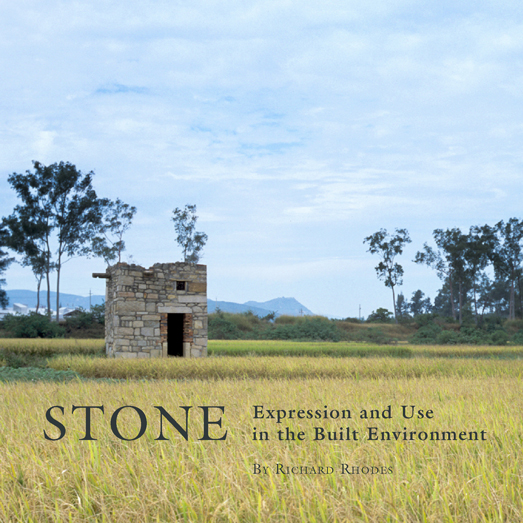
Selected Lectures
China Academy of Art, invitation by Wang Shu, Hangzhou, China, 2016
Paths in Stone: China, Material and Modernization
Arts & Lectures Series, Town Hall, Seattle, WA, 2016
The International Stonework Symposium, De Young Museum, San Francisco, CA, 2016
Strelka Institute of Media, Architecture and Design, Moscow, Russia, 2015
Working in a Culture of Chaos: Building Global Infrastructure in the Developing World
Royal Institute of Australian Architects (RAIA), Sydney, Australia, 2012
Adaptive Re-Use of Antique and Reclaimed Stone Materials
University of Washington, Materials and Craftsmanship Conference, Seattle, WA, 2011
Stone “Materialism”
Philips Exeter Academy, General Assembly, Exeter, NH, 2010
Make a Path by Walking
Associated Professional Landscape Designers (APLD) Annual Conf., Tarrytown, NY, 2008
Stone Specification
Institute of Classical Architecture and Classical America, San Francisco, CA, 2008 (four lectures)
Dimensional Stone, Sacred Rules of Freemasonry
Stone Specification, Grain of Stone
American Institute of Architects (AIA) National Convention, San Antonio, TX, 2007
Adaptive Re-use of Antique and Reclaimed Stone Materials
Institute of Classical Architecture and Classical America, New York, NY, 2007 (five lectures)
Dimensional Stone, Grain of Stone
Adaptive Re-use of Antique and Reclaimed Stone Materials
Stone Specification, Sacred Rules of Freemasonry
American Institute of Architects (AIA) NY State Convention, New York, NY, 2007
Stone Specification, Grain of Stone, (two lectures)
Building Stone Institute (BSI) Annual Convention, Captiva Island, FL, 2007
Adaptive Re-use of Antique and Reclaimed Stone Materials
Dry Stone Wallers of Canada, Toronto, Canada, 2007
Sacred Rules of Freemasonry, Grain of Stone, (two lectures)

Stone Expression and Use in the Built Environment
Stone, our primary building material for at least five thousand years, has recorded human triumphs and failures right down to the present. This volume offers a look at the expressive use of stone, its history in architectural forms, and its power and aesthetic. Richard Rhodes, internationally known master mason and sculptor, unlocks the underlying principles of stone’s “highest and best use,” and he illuminates rules codified by the ancient Freemason’s guild. Centuries of stone work produced the closely guarded Sacred Geometries and Sacred Rules of Bondwork—the “Sacred Rules” as they are collectively known—considered to be the most important property of masonic guildsmen from the middle ages on. With these rules as cues, Rhodes explores the essential qualities of stone in our own times of rapid development and expansive urbanization. In rediscovering the traditional knowledge that governed the use of stone for so long, Rhodes offers a roadmap for how future generations can recapture the power of this timeless material.
With decades of hands-on experience and wide-ranging theoretical expertise, Rhodes is uniquely qualified to explore the subject of stone use. Completing a formal apprenticeship in Siena, Italy, he returned to the United States to found and direct three companies specializing in architectural stone. For the last several years Rhodes has focused on his own sculpture and design practice.
In Stone: Expression and Use in the Built Environment Rhodes brings his personal voice to bear on the essential themes locked in the material he has spent a lifetime exploring. The book is richly illustrated with hundreds of his own photographs taken around the globe. These illuminate the ways in which stone has been central to human cultures from earliest times, and they make the experience of stonework in the built environment accessible to the layman and design professional alike.
Authors
Richard Rhodes is a Seattle-based sculptor, stonemason, and scholar of stonework, as well as a nationally acclaimed lecturer and educator.
Paul Goldberger (Foreword), is a Contributing Editor at Vanity Fair and previously held posts at The New Yorker and The New York Times, where he was awarded a Pulizter Prize. His most recent book is Building Art: The Life and Work of Frank Gehry.